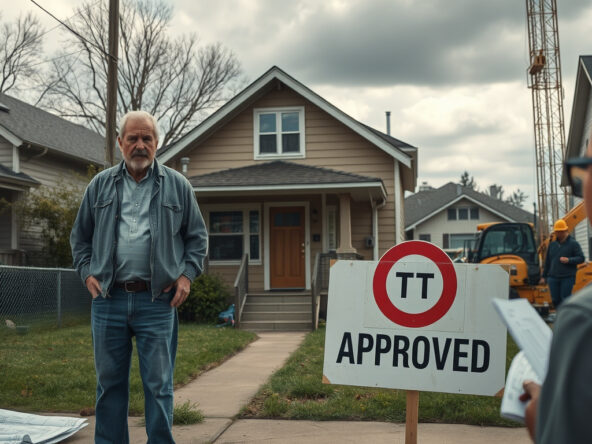Rising Council Tax on Second Homes: What Property Investors Need to Know
Council tax on second homes, mandated by legislation from 2024 and activated in April 2025, increases with a design that ties charging power directly to the property’s non-primary status. The authorities—local and empowered—assign a premium that doubles the annual tax bill (from about £2,171 to roughly £4,342), a process built on dependencies that bind council decisions, property categorization, and fiscal imposition.
Understanding the Council Tax Premium
The premium targets properties that function as non-primary domiciles—its application driven by housing supply pressures in zones of high demand where home affordability remains contested. Over 150 councils, particularly in coastal and rural sites, configure the premium mechanism in ways that mirror practices in Scotland and Wales, where the surcharge may reach extents of 100% or even 300%. Each dependency between council legislation and property type reinforces a regime of taxing that compounds based on local criteria.
Which Properties Are Affected?
- Second Homes: Properties provided with furniture that do not serve as the main residence.
- Buy-to-Let Properties: Instances wherein tenants incur the tax typically, unless the property qualifies as a dwellings cluster known as a house in multiple occupation.
- Empty Homes: Units left unfurnished and uninhabited, with the surcharge scaling in proportion to prolonged vacancy.
- Holiday Lets: Residences that, when meeting prescribed short-term renting criteria, enter a separate classification subject to business rates in place of council tax.
It is incumbent on property owners to ascertain the classification of their asset, as dependency links between property status and local rules frequently yield billing inaccuracies.
Impact on Property Investors
Investors experience increased fiscal burdens as the augmented tax compounds with other cost drivers—elevated stamp duty, constrained mortgage interest relief, and overlapping fiscal obligations on additional holdings. The dependency structure between legislative mandates and financial outlays propels investors to reassess whether to retain, divest, or repurpose their assets under the weight of substantially increased annual liabilities.
What Can Owners Do?
- Inspect Local Council Rules: Verification is a necessary step since jurisdictional dependencies do not uniformly impose the premium across all areas.
- Reassess Property Function: A realignment from a second home to a short-term rental may alter the tax dependency structure, though this change introduces alternative fiscal considerations.
- Pursue Appeals and Clarifications: Where classification appears misaligned, for example during periods of property rehabilitation or estate administration, owners may challenge council tax decisions and seek exemption based on specific dependencies disclosed by local regulators.
Summary
Council tax on second homes—as defined by legislative dependencies and local enforcement—commands a significant recalibration of the tax burden on non-primary properties from April 2025. Investors, bound by multifaceted dependency chains between property classification and local fiscal regulations, must prepare for sharply increased tax bills while scrutinizing local administrative rules and exploring paths to reconfigure property use.



